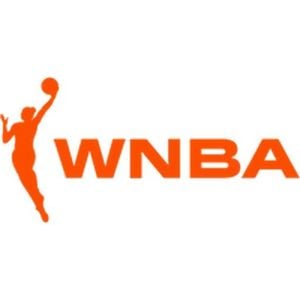The countdown to the 2025 German Federal Election is on, with election day set for February 23. One of the tools gearing up to aid voters is the Wahl-O-Mat, which will be available online starting February 6 at 11:30 AM. According to the Federal Agency for Civic Education (Bundeszentrale für politische Bildung), the Wahl-O-Mat aims to provide insight by matching voters’ political views with those of the various parties participating in the election.
Created to make political preferences transparent, the Wahl-O-Mat works through 38 propositions or statements related to key political themes. Voters engage with these by stating their agreement, disagreement, or neutrality, allowing them to see which party aligns best with their answers. The process isn't just insightful; it’s interactive and engaging, making politics more accessible, especially for younger voters. Stefan Marschall from Heinrich Heine University highlights, "The Wahl-O-Mat is not meant to provide explicit voting recommendations but to make various viewpoints comparable." This clarification is particularly significant, considering the diverse political spectrum and the often-polarizing views within it.
Since its inception in 2002, the Wahl-O-Mat has played a pivotal role during Germany’s elections, contributing to over 85 million sessions across various electoral events such as European Parliament elections and State elections. Its design allows all registered parties to participate, responding to established statements derived from party platforms, ensuring comprehensive coverage of the political discourse.
While the upcoming Wahl-O-Mat continues its tradition, it is faced with unique challenges due to the accelerated timeline caused by the sudden announcement of the early election. Typically, the editorial process requires months of preparation, ensuring adequate time for workshops and discussions among young voters to curate relevant topics. Ironically, the sudden collapse of the governing coalition on November 6, 2024, prompted swift action to create the Wahl-O-Mat within significantly compressed timelines.
This year’s editorial team, composed of 20 to 25 young first-time voters from across Germany, alongside political scientists and subject matter experts, faced the task of formulating key propositions within weeks. Given the tight schedule, many party platforms may not have finalized their statements until shortly before the election, fostering complex discussions about what issues would resonate most with voters. The selection process strives to distill around 80 to 100 potential propositions down to the final 38 used within the tool.
The procedure begins with workshop sessions where young voters introduce significant political themes. These discussions guide the formulation of statements intended to reflect critically on party positions and highlight differentiators among the parties’ platforms. After initial assessments, parties are then invited to express their stance on these statements, ranging from support to outright disagreement.
How exactly does the Wahl-O-Mat operate? Voters participating will answer the set propositions sequentially, offering feedback on issues they find relevant. This methodical approach means voters can express how much weight they assign to each statement, which then influences the overall compatibility score calculated against each party's known positions. The platform aims to guide voters by illustrating which parties align most closely with their individual preferences.
What sets this launch apart, apart from its immediacy, is its emphasis on facilitating informed decision-making rather than prescribing choices. Voters are encouraged to use the Wahl-O-Mat as the first step in their electoral engagement. The agency responsible maintains the need for voters to explore various resources and discussions beyond the tool for holistic electoral education.
The urgency of this election calls for heightened engagement among voters. There's even considerable media interest, with platforms outlining political debates and candidate discussions to spur public engagement. According to reports, RTL has increased the number of debate participants to include voices from across the political spectrum, showcasing the dynamic political environments currently at play. And as debates roll out, many, including voters, are eagerly anticipating insights to guide them through the election process.
With only weeks left to prepare for the pivotal moment of voting, tools like the Wahl-O-Mat represent invaluable provisions for voters. By distilling complex political discourse down to manageable propositions, it offers clarity and coherence, helping individuals navigate through the myriad of parties and their positions.
On the eve of this noteworthy state tumult, how effective will the Wahl-O-Mat be? Will it succeed once more as it has since its launch? Only time will tell, but one thing is clear: the availability of such utilities is integral to fostering educated electorates and cultivating informed citizenry.



